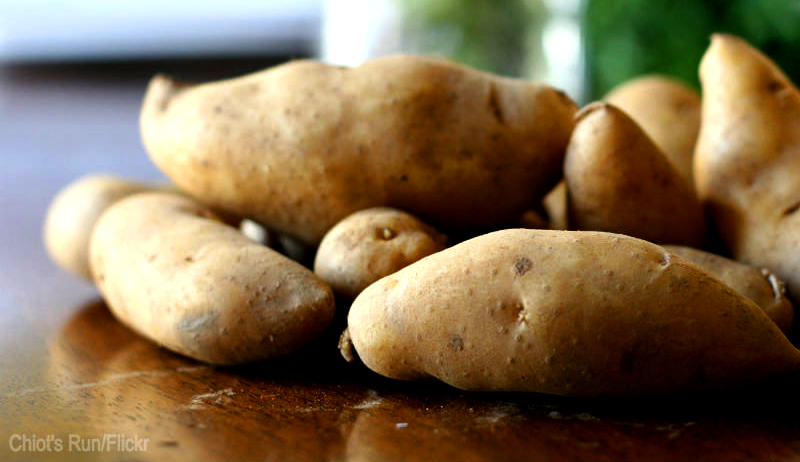
Ask people what plants they envision when they hear the word “remedies,” and often they’ll talk about the leaves, bark and roots of obscure herbs. Humans love to put things in categories. We have food plants, decorative plants and still others that we make into teas for natural health. Look a little deeper and you find the boundaries for these categories can be a little fuzzy.
Did you know your garden is filled with vegetables you can use as natural remedies? I refer to more than the idea that your food is your medicine. It’s true that vegetables contain valuable vitamins and minerals. Their nutrition alone can support ongoing health, and they can help bring us back into balance when needed. I’m talking about something more. Many vegetables have properties over and above their nutrition. We can apply these to illness the same way we would grab a handful of mint to make a tea for indigestion. It probably goes without saying, but these remedies are best if you choose or grow chemical-free or organic vegetables. Here are a few of my favorites and how to use them.
1. Okra
This is among my favorite plants to grow, for its beauty and because it equals fried okra. If you’ve ever handled the okra fruit you’ll know how slimy it is. A few years ago I was speaking to a crowd in Kansas about natural ways to manage healthy blood sugar levels. Afterward, a man originally from the Philippines told me of a very effective folk remedy there for diabetes. Health benefits include lower blood sugar, healthy insulin levels, arthritis relief, better digestion, and lower cholesterol and triglyceride numbers. If you want to try okra for his purpose, cut five to six pods in half and soak them overnight in a glass of water. Drink it first thing in the morning. You can add seasoning or additional juices if you want to make this a habit and don’t enjoy the taste or texture.
2. Cabbage

Cabbage has long been used as a poultice (topical application of the plant). I have recommended nursing mothers place cabbage leaves in their bras for milk duct infections. I’ve given this advice many times with great results. The leaves of cabbage contain anti-inflammatory compounds. They are even used in some countries to wrap arthritic joints for pain and swelling relief. To get the best results, lay out a few cabbage leaves and remove the large and stiff veins. Lay your leaves flat between two pieces of plastic wrap and use a roll a rolling pin across their entirety until a bit juicy. Place the leaves directly on any part of the body that is inflamed, infected or swollen and cover with plastic wrap and a clean bandage.
3. Potatoes

Potato poultices are incredibly common throughout written history. In my book, Heal Local, I share an old natural remedy with scientific backing in the section on skin infections. Our skin, when healthy, is a diverse community of bacteria including those characters we hear only bad things about. When an opportunity for infection appears, organisms such as staphylococcus can proliferate and create a problem. A very simple and effective solution to draw out infection and heal a wound is placing grated potato on the area and covering it with a clean bandage. Whenever you use any kind of natural poultice to draw out infection, it is important to change it often for fresh material and bandages.
4. Yams

If you struggle with hormonal imbalance, yams, not sweet potatoes, can help. Because the plant family contains phytoestrogens, they have been shown to help women in menopause and those who suffer from infertility. As a side effect, it appears that eating these vegetables can also favorably improve cholesterol levels and potentially protect against breast cancer.




